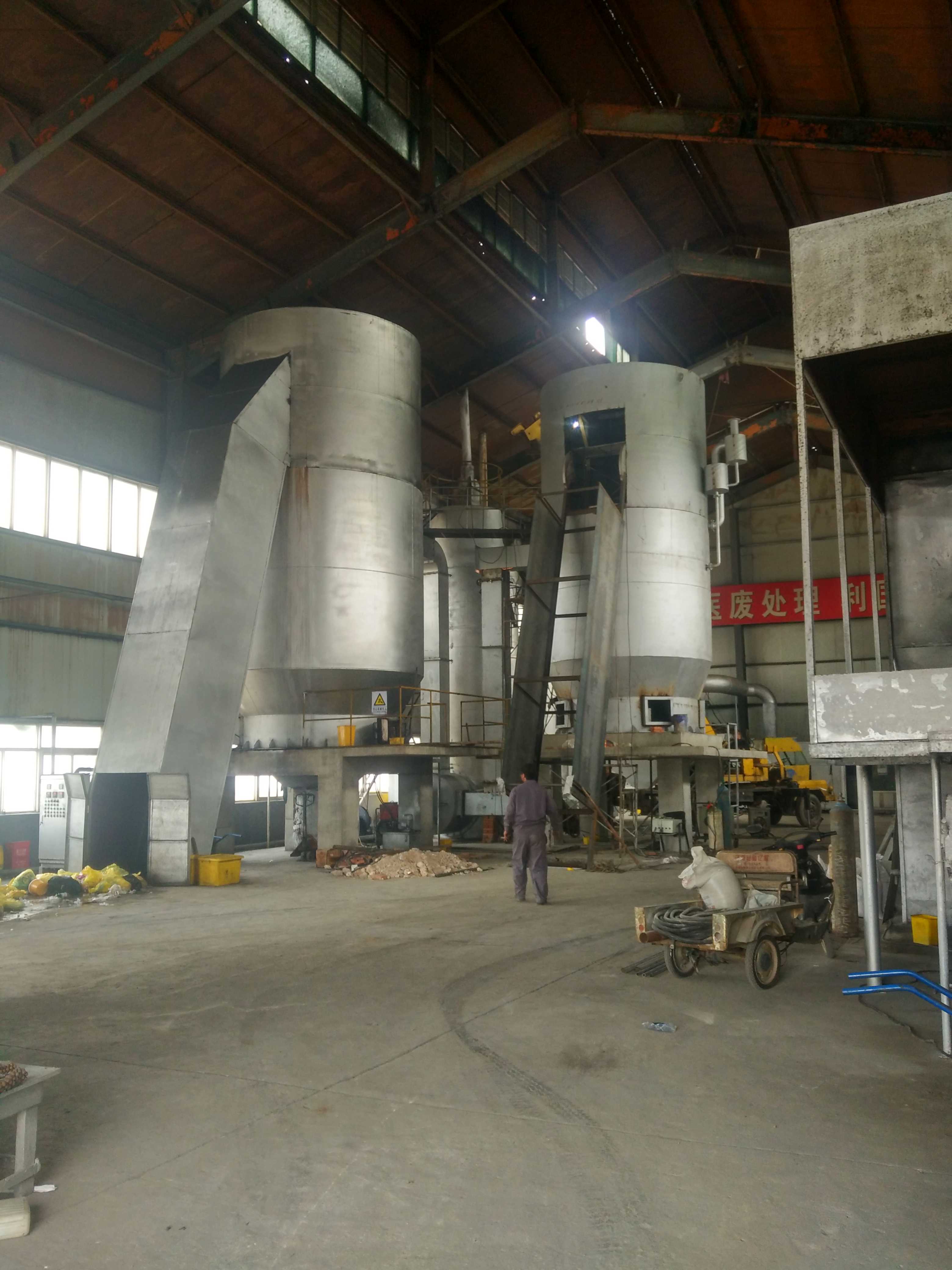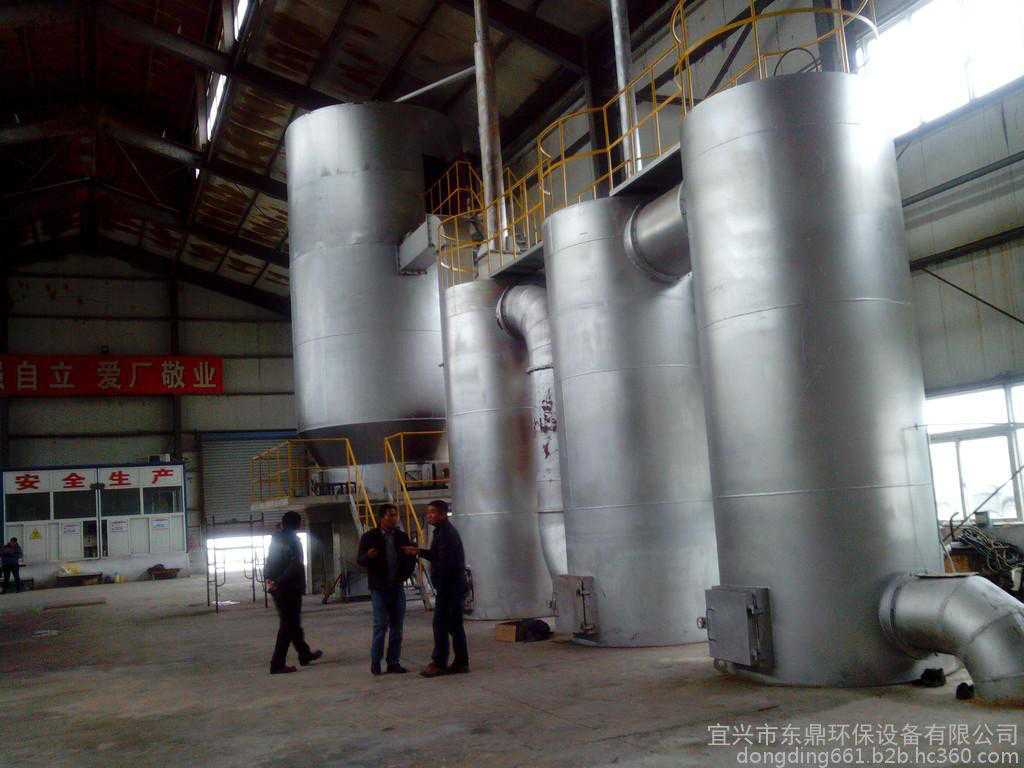Medical pyrolysis incinerator
AB medical pyrolysis incinerator use and introduction:
Medical waste is mainly produced by hospitals, health and epidemic prevention units, patient sanatoriums, medical research units, etc., mainly including: hospital clinical infectious waste, including patient surgery or post-mortem waste (such as tissue, contaminated materials and Instruments, etc.) and waste medical materials contaminated by blood or human body fluids, waste medical equipment and other wastes (such as waste dressings, waste medical gloves, waste syringes, waste infusion sets, waste blood transfusion devices, etc.); waste generated by hospital blood dialysis ( Such as discarded equipment, test tubes, filters, aprons, gloves, etc.; wastes containing colonies and pathogen culture fluids and bacteria-preserving liquids produced in clinical, teaching, research and other medical activities; and infected animal carcasses; All waste (such as excreta, waste dressings, household waste, and any other waste equipment and waste materials that the patient has contacted); discarded sharp objects produced by the hospital, including waste needles, waste hypodermic needles, waste scalpels, waste scalpels, Waste infusion set, waste surgical saw, broken glass, etc.; sludge produced by hospital wastewater treatment; expired Pharmaceutical and chemical waste.

Process characteristics of gas-controlled pyrolysis incinerator:
In view of the special characteristics of medical waste, our company developed a gas-controlled solid waste pyrolysis incinerator based on patented technology. The furnace adopts the principle of pyrolysis gasification, and the waste is pyrolyzed and gas in the under-oxygen condition of the vertical gas control furnace. The generated flue gas contains combustible components such as CO and CH4. After the combustible flue gas enters the second combustion chamber, it is strongly mixed with the tangentially entering secondary combustion air. The temperature of the flue gas at the outlet of the second combustion chamber can reach 1100 ° C, and the flue gas can be completely burned. The incineration and flue gas treatment will form a system to make the exhaust gas safely discharged.
Gas-controlled pyrolysis incinerators have the following advantages:
(1) It has wide adaptability to the size of waste, especially for large-scale waste;
(2) The waste is statically gasified and incinerated in the furnace, and the amount of dust generated is small, which greatly reduces the load of the subsequent exhaust gas purification section;
(3) The use of one-time loading of medical waste greatly reduces the contact opportunities between waste and operators, ensures the physical safety of employees, and greatly reduces the labor intensity of operation;
(4) High degree of automation: automatically adjust the air volume, automatically adjust the burner combustion state according to the flue gas temperature of the second combustion chamber outlet, and reach the set state to start the automatic shutdown procedure;
(5) The construction cost is low, the construction period is short, the operation is convenient, and the factory area is small;
(6) When the calorific value of waste is above 3000 kcal, the combustion does not require additional fuel, and the temperature at the outlet of the secondary chamber can reach 1150 °C.
The device is a high-tech system that combines high temperature, stable combustion, heat energy utilization (recycling hot water or steam if necessary), and automation of the operating system.

AB medical pyrolysis incinerator incineration adaptability:
Suitable for incineration:
(1) Medical waste, clinically infected waste, etc.;
(2) Industrial hazardous waste treatment center (chemical waste, sludge, tar);
(3) Aviation waste, plastics, waste residue, organic compounds.
Waste disposal scale:
Single furnace 1.5t / d, 3t / d, 5t / d, 10t / d;
Continuous pyrolysis 5t / d, 10t / d, 15t / d, 20t / d, 30t / d, 50t / d;
For certain sizes, non-standard designs can also be accepted based on waste characteristics.
The furnace adopts the principle of pyrolysis gasification, and the waste is pyrolyzed and gasified under the under-oxygen condition in the vertical gas-control furnace, and the generated flue gas contains combustible components such as CO and CH4. After the combustible flue gas enters the second combustion chamber, it is mixed with the tangentially entering secondary combustion air, and the flue gas temperature of the second combustion chamber outlet can reach 1100 ° C, and the flue gas can be completely burned. The furnace will incinerate and flue gas to form a complete chain treatment system, so that the exhaust gas is safely discharged.
Advantages of pyrolysis gasifier
The pyrolysis gasifier uses the lack of oxygen in the furnace to pyrolyze the organic matter in the waste into a combustible gas, and converts the incomplete incineration process into a complete combustion process of the gas, thereby minimizing the discharge of solid particulate matter.
The incineration system is completely enclosed, the site is clean and beautiful, and it is harmless to the operator; the automatic fuzzy control process is simple and convenient to operate. All the feeding door, the slag door and the inspection door are soft sealed, and the top of the pyrolysis furnace is provided with a sealing cover to avoid gas leakage, and the furnace body is well sealed to ensure the effect of oxygen-control pyrolysis.
When the pyrolysis gas is self-igniting, it enters the spontaneous combustion process, and the combustion-supporting device will automatically stop. The entire spontaneous combustion process reaches more than 90%, which greatly reduces the operating cost. The resource utilization of waste heat energy has been achieved, which not only emits smoke without harm, but also reduces the total amount of CO2 emissions.
Due to the complete separation and 3T control of the combustion process in the furnace, the generation of toxic and harmful objects such as dioxins can be suppressed.
Technical advantages and characteristics of pyrolysis gasifier
Due to the pyrolysis and precise control at different stages during the incineration process, the specified flue gas standards can be achieved.
Since the low-temperature pyrolysis chamber (pyrolysis gasification furnace) is incinerated in an anoxic state, only a combustible gas is generated, so that particulate matter emissions are extremely small.
The high temperature oxidation process is completed in a high temperature combustion chamber (burning furnace) without causing secondary harmful gas pollution.
Since the incineration process is complete, the residual ash is completely non-polluting.
The removal rate of organic matter reaches 99.99%, which greatly reduces the cost of subsequent processing.
Wastes with different compositions can be simultaneously incinerated in a stable manner.
Safe separation of combustion methods to suppress the production of harmful substances such as dioxins.
It can be operated continuously for 24 hours.
Waste does not need to be sorted and input once, which improves the efficiency of work and ensures the safety of the working environment.

Pyrolysis incinerator has advanced technology, reliable process, simple and safe operation (one-time feeding and one-time slag removal), investment saving (no transmission parts), low dust content (small degree of incineration), operation and maintenance Low cost, long service life and no need to sort the incoming waste. The disadvantage is that the pyrolysis process prolongs the burning time and the thermal efficiency is low; the heat exchange frequency of a combustion chamber is high (once a day), which has a great influence on the refractory material, is not convenient for heat recovery, and has high requirements for automatic control, and is suitable for heat treatment. Wastes with relatively high values, looseness, relatively simple composition and properties are not ideal for pyrolysis of mud and bulk materials.
Disposal of waste type
Domestically, it mainly uses medical waste, and can also adapt to solid waste. It is ideal for handling electronic dismantling waste that cannot be comprehensively utilized. It is not ideal for semi-solid residue and garbage that has not been pretreated. When the treatment amount is less than 8t/d, the treatment effect is good; when the treatment amount is large, the treatment effect is poor due to furnace limitation.
Incineration method
Staged combustion, control the combustion conditions of the furnace by controlling the amount of air, and rationally distribute the release of chemical energy to achieve the effect of incineration. The waste is dried in a pyrolysis furnace and then pyrolyzed into a combustible gas and a solid residue mainly composed of carbon in a reducing atmosphere. The combustible gas enters the second combustion chamber and is completely burned, and the residue is melted and discharged.
Folding combustion conditions
The solid furnace type is relatively compact, and the furnace heat load intensity is large. The hydraulic pusher can partially realize the stirring function, and the combustion performance is basically stable. The main reaction zone temperature is 850 degrees Celsius. Temperature control is achieved with a high degree of automation.
Dioxin control
The temperature of the second combustion chamber is high, the combustion is complete, the residence time is long, the amount of dioxin generated is small, and the time during which the combustion flue gas is discharged in the dioxin synthesis zone is short. In addition, the content of dioxin-forming catalyst (catalyst) such as Cu in the dust is small, and dioxin is less likely to be generated.
